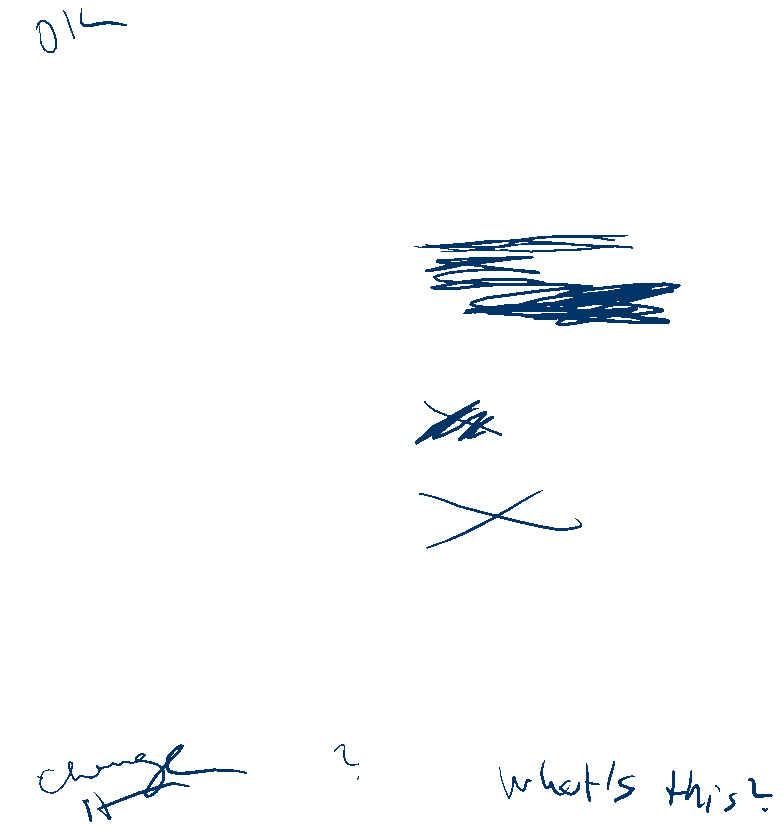The collapse of the Nova Kakhovka Dam could flood “at least 37 villages and settlements” according to estimates from Ihor Syrota, the CEO of Ukrhydroenergo, which oversees all the hydropower plants in Ukraine — including the plant at Kakhovka before the Russians occupied it last year.
People who live on the Russian-occupied east bank of the Dnipro River face the “biggest threat” because they are located on lower ground, he said.
Ukraine’s Energy Minister Herman Halushchenko said he believes there could be up to 80 settlements affected in both Ukrainian-held and Russian-occupied territory.
“The west bank is higher, so there will be less flooding there,” Syrota said.
However, even in Kherson city, on the west bank, “the water level will rise more than three meters,” Syrota said.
Syrota said he thought water levels would peak on Wednesday morning at around 5 a.m. local time.
“The water level will not fall after its peak. The water will continue to flow for two more days, and only on the fourth [day] may it start to fall,” he said. “I think that within eight to 10 days all this water will go down to the Black Sea. That is, eight to 10 days or so for the water to completely run off.”
Syrota outlined some of the dangers of the dam breach.
“The environmental consequences will, of course, be significant. First of all, the Kakhovka reservoir is likely to be drained to zero, and we understand that the number of fish will gradually go down,” he said.
Syrota repeated the Ukrainian government’s version of events, which is that the Russian troops occupying the plant had “blown up the plant.”
He said this “will have damaged the equipment at the plant,” causing oil to spill into the water.
Both sides accused each other of being behind the major breach of the dam, although it is not clear whether the dam was deliberately attacked or whether the collapse was the result of structural failure.
“Four hundred tons of turbine oil is always there, in the units and in the block transformers that are usually installed on this equipment,” and some of the oil spilled out, he claimed. “It all depends on the level of destruction of the units and this equipment… If the damage is extensive, then all the oil will leak out.”
Syrota said that the Kakhovka reservoir could not be blocked until the east bank was freed from Russian occupation, “because it needs to be blocked from the east bank to the west bank.”











